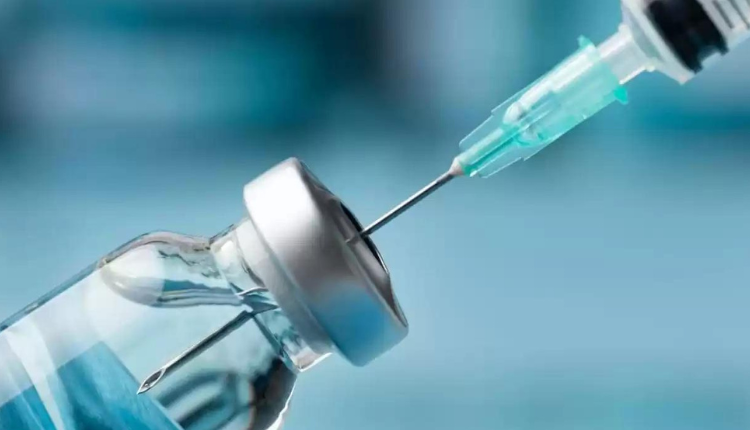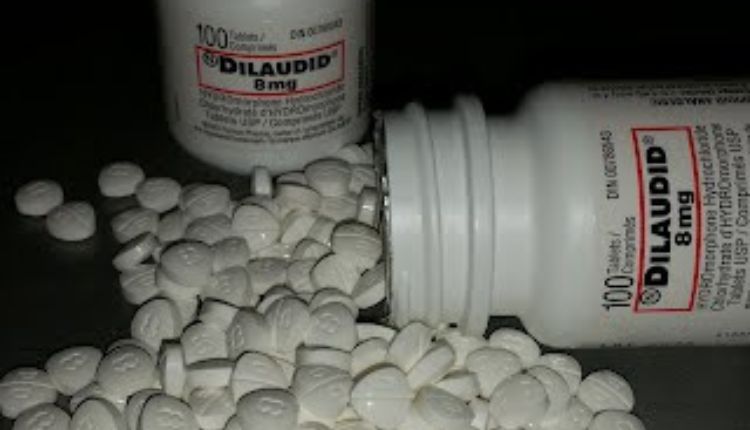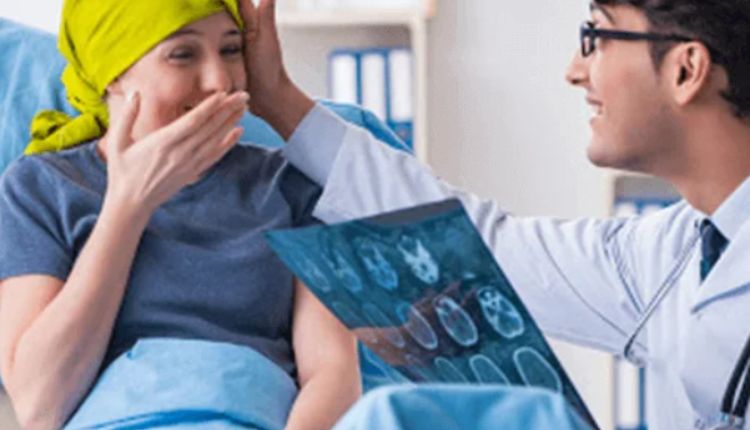
Peptide BPC-157 And Gut Health Maintenance
If you want to learn more about BPC-157 peptide and gut health maintenance, look no further. Let’s get started!
It’s general knowledge that one’s physical abilities deteriorate with age. Typical tasks, like wound healing, require more time to complete. Several physiological changes, including gastrointestinal (GI) tract alterations, are associated with advancing age. In the elderly, these alterations are typically pathogenic and physiological, causing gastrointestinal diseases.
Many treatments exist for short-term comfort, but research is ongoing to find permanent solutions with fewer adverse side effects. Peptides have thus far shown to be a highly effective candidate.
According to research, BPC 157 is one example of a peptide with clinically-proven use for various health problems, including wound healing, gastrointestinal disorders, and injured joints.
Introduction
The hepatoprotective peptide BPC 157 consists of 15 amino acids. Body protection compound (BPC) is an amino acid fragment extracted from human bodily fluids, most notably stomach juice, as the name suggests. [i]
Studies show that, because of its 15 amino acid composition, BPC 157 is also known as pentadecapeptide. These peptides have several advantages over synthetic ones since they are derived from the human body; they are highly biocompatible and stable in test subjects. [i]
The Role of BPC-157 in the Healing Process
According to research, by activating GH receptors, BPC 157 mimics the effects of GH when administered. The BPC 157 peptide increases cell growth by binding to and activating growth hormone receptors. This triggers a process known as angiogenesis, which results in the formation of collagen-based new tissue and an intricate network of blood vessels, as per studies. Therefore, the wound is “rebuilt” and heals more rapidly than usual. [i]
The Role of BPC 157 in Gut Health Maintenance
An enteric neurotransmitter, serotonin, is found in the gastrointestinal (GI) mucosa and GI tract. The mucosal function of the digestive tract and gastric blood flow can be affected by changes in serotonin levels. [iii]
Specifically, BPC 157’s antidepressant effect counteracts the symptoms of depression caused by serotonin, as shown by research. The peptide competes with 5-HT2A receptors, preventing serotonin from binding and dampening its effects. [ii]
Positive Effects and Applications of BPC 157
The primary benefits of the peptide, as proved by clinical trials, are as follows:
- Increased wound healing
- Lessening of suffering
- Enhanced ability to digest
- Gut health is enhanced, and intestinal inflammation is reduced.
- Useful for Irritable Bowel Syndrome (IBS)
- Promotes repair of connective tissue, muscle, and bone.
After this article’s writing, numerous investigations were undertaken to learn more about the peptide’s efficacy, particularly in healing gastrointestinal ulcers.
Research shows that the peptide has been found to improve functional recovery by increasing blood vessel formation and inducing anti-inflammatory effects. Thus, according to studies, BPC 157 is highly effective in promoting the repair of tendons, ligaments, and bones. [iv]
Clinical Trials and Peptide Research
Influence on Recovery from Injuries
This research utilized three rat models: colon anastomosis, synthetic sponge implantation, and skin wounds. The rats were split into two groups: those given a placebo and those given BPC 157 peptide.
All models were histologically analyzed after treatment. Experiments showed that collagen, reticulin, and blood vessel growth were considerably increased in BPC 157-treated rats compared to control rats. This demonstrated that the peptide accelerated healing by stimulating the growth of granulation tissue and new blood vessels.
Even more intriguing about this study is that BPC 157 peptide, shown to have therapeutic effects in different wounds, exhibited the same levels of efficacy, making it a possible therapeutic agent. [v]
Tendon Regeneration with BPC-157
Achilles tendon fibroblasts were used to do this experiment ex vivo.
In order to test the effects of BPC 157 on the cultures, they were split into two groups: one received the control treatment, while the other was given the compound. The following [i] was found after research:
- Tendon repair and development were greatly aided by BPC 157 peptide.
- The survivability of BPC 157 cells is unaffected by H2O2 stress.
- Additional administration of the peptide-induced fibroblast migration into the tendon.
According to clinical trials, PAK and paxillin phosphorylation levels were elevated in response to high doses of BPC 157, whereas total protein levels were unaffected.
Research showed that the peptide improved tendon healing, tendon outgrowth, and cell survival by stimulating F-actin production and activating the FAK and paxillin pathways. [i]
BPC-157 for Digestive System Recovery
The goal of this study was to compare the effects of BPC 157 peptides to those of other angiogenic growth factors, including transforming growth factor beta (TGF), fibroblast growth factor (FGF), and vascular endothelial growth factor (VEGF). The critical rationale was due to BPC 157’s excellent stability and biocompatibility and the fact that it can be given as a standalone treatment, researchers proved.
Research showed that while both promoted the healing of esophageal, gastric, duodenal, and lower GI wounds, BPC 157 was more uniform in its effects.
This research demonstrated the breadth of the peptide’s angiogenic effects, extending beyond local wounds and ligaments to gastrointestinal (GI) wounds and bone recovery. [vi]
Additional Pharmacological Impacts
To learn how far the peptide’s angiogenic effects reach beyond local wounds, ligaments, and GI tract wounds, researchers analyzed its impact on various gastrointestinal lesions, including those in the pancreas, liver, heart, endothelium, and blood pressure.
Based on the outcomes of this research, it appears that BPC 157 activates a peptidergic defensive network.
Dopamine, nitric oxide, prostaglandin, and other neuron systems are crucial neurotransmitters and bodily activities. Multiple lesions in various organs may result from the overactivity or inhibition of these systems. Through its defense mechanism, BPC 157 interferes with and inhibits these mechanisms, thus preventing them from becoming overactive, as per clinical trials.
These preliminary tests showed that BPC 157 is a ‘universal’ peptide that can be exploited due to the physiological defense mechanism it provides, albeit more in-depth research was still needed. [vii]
Adverse Reactions to BPC-157
The clinical trials conducted on BPC-157 have not revealed any significant adverse effects.
These are the most frequently experienced adverse reactions to peptides:
- Itchiness
- Headache
- Blushing
- Nausea
- Drowsiness and listlessness
- Habit changes in the bathroom
- Alterations to the hunger cycle
Individual differences (allergies, concomitant medication use, subject age, and medical history) may contribute to adverse reactions.
Buy BPC-157 if you are a researcher interested in further studying this holy grail compound.
[i] Chang, Chung-Hsun et al. “The promoting effect of pentadecapeptide BPC 157 on tendon healing involves tendon outgrowth, cell survival, and cell migration.” Journal of applied physiology (Bethesda, Md. : 1985) vol. 110,3 (2011): 774-80. doi:10.1152/japplphysiol.00945.2010. https://pubmed.ncbi.nlm.nih.gov/21030672/
[ii] Sikiric, Predrag et al. “Brain-gut Axis and Pentadecapeptide BPC 157: Theoretical and Practical Implications.” Current neuropharmacology vol. 14,8 (2016): 857-865. doi:10.2174/1570159×13666160502153022. https://www.ncbi.nlm.nih.gov/pmc/articles/PMC5333585/#r1
[iii] Ormsbee, H S 3rd, and J D Fondacaro. “Action of serotonin on the gastrointestinal tract.” Proceedings of the Society for Experimental Biology and Medicine. Society for Experimental Biology and Medicine (New York, N.Y.) vol. 178,3 (1985): 333-8. doi:10.3181/00379727-178-42016. https://pubmed.ncbi.nlm.nih.gov/3919396/
[iv] Krivic, A., Majerovic, M., Jelic, I. et al. Modulation of early functional recovery of Achilles tendon to bone unit after transection by BPC 157 and methylprednisolone. Inflamm. res. 57, 205–210 (2008). https://doi.org/10.1007/s00011-007-7056-8
[v] S Seiwerth, et al. “BPC 157’s effect on healing.” Journal of physiology, Paris vol. 91,3-5 (1997): 173-8. doi:10.1016/s0928-4257(97)89480-6. https://pubmed.ncbi.nlm.nih.gov/9403790/
[vi] Seiwerth, Sven et al. “BPC 157 and Standard Angiogenic Growth Factors. Gastrointestinal Tract Healing, Lessons from Tendon, Ligament, Muscle and Bone Healing.” Current pharmaceutical design vol. 24,18 (2018): 1972-1989. doi:10.2174/1381612824666180712110447. https://pubmed.ncbi.nlm.nih.gov/29998800/
[vii] “The pharmacological properties of the novel peptide BPC 157 (PL-10).” Inflammo-pharmacology vol. 7,1 (1999): 1-14. doi:10.1007/s10787-999-0022-z. https://pubmed.ncbi.nlm.nih.gov/17657443/




